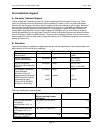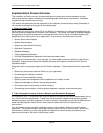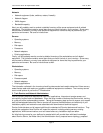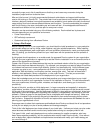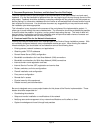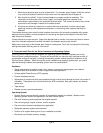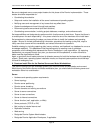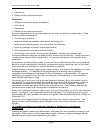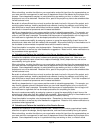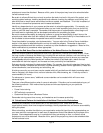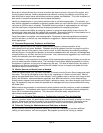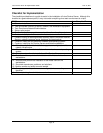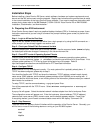
Be sure to designate one or more project leaders for this phase of the Domino implementation. These
leaders should be responsible for:
Ÿ Coordinating the schedule.
Ÿ Setup and monitor the installation of the server hardware and operating system.
Ÿ Notifying users and management of any issues that may effect them.
Ÿ Capture knowledge and share it through best practices.
Ÿ Documenting issues encountered (and their solutions).
Ÿ Coordinating communication, including project databases, meetings, and conference calls.
Set responsibilities and designate who performs which functions and at what times. Ensure that there is
a contact person for each responsibility -- this person should be one of the members of the install team.
Set procedures by documenting the steps your team will take to install the hardware and operating
system. Be sure to include troubleshooting information, procedures for backing up key files, ways to
notify users that a server will be unavailable, and contact information for questions.
Establish strategy by including capturing data, issues, solutions, and feedback in a database for use as a
knowledge repository. This database will be the starting point for creating a set of guidelines,
procedures, and knowledge that represents the Domino installation in your organization. By capturing
feedback as you progress through your plan, you team can shift its operations, or order of events to
better meet the organization’s needs.
Again, a good plan should make provisions for disaster recovery for both the hardware and the operating
system. Spare parts, operating system installation media, and required system patches should be kept
on hand for emergency use.
9. Create an Install Plan for the Domino Servers and Notes Workstations
This plan will provide you with a detailed guide to your Domino Server and workstation environment.
When forming the Domino Server and Notes workstation plan, you should take the following server and
workstation items into consideration:
Server:
Ÿ Hardware and operating system requirements
Ÿ Server topology
Ÿ Domino server partitioning
Ÿ Domino server clustering
Ÿ Domino domains and naming conventions
Ÿ Server-to-server connections
Ÿ Server-to-user connections
Ÿ Server-to-Internet connections
Ÿ Server function (mail, application, or Web)
Ÿ Server protocols (TCP/IP or IPX)
Ÿ Mail routing to include Internet mail
Ÿ Replication schedule
Ÿ Web serving
Ÿ Designate Domino System Administrators
Ÿ Designate Domino Application Developers, if applicable
Lotus Domino Server R5 Implementation Guide June 18, 2001
Page 26



